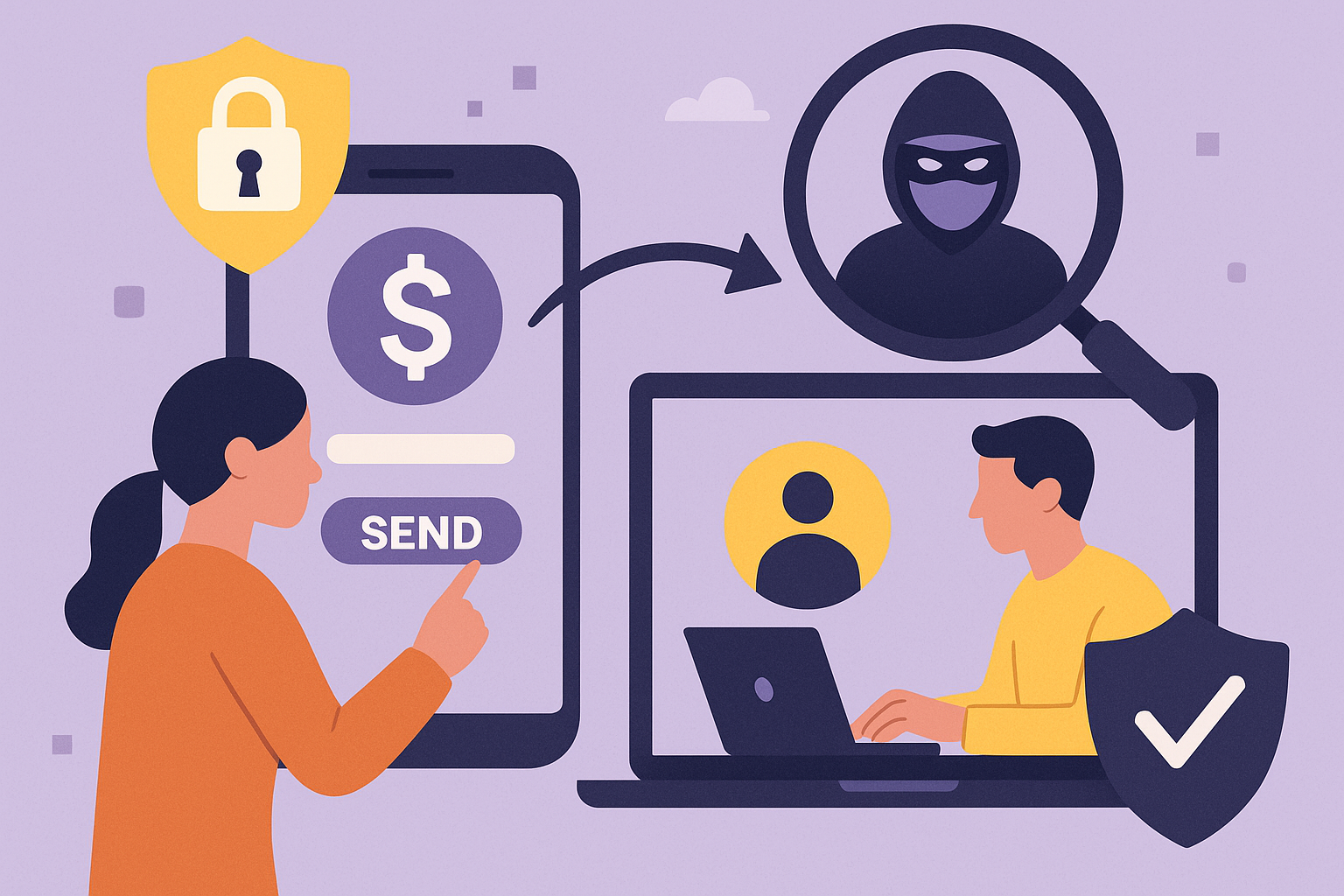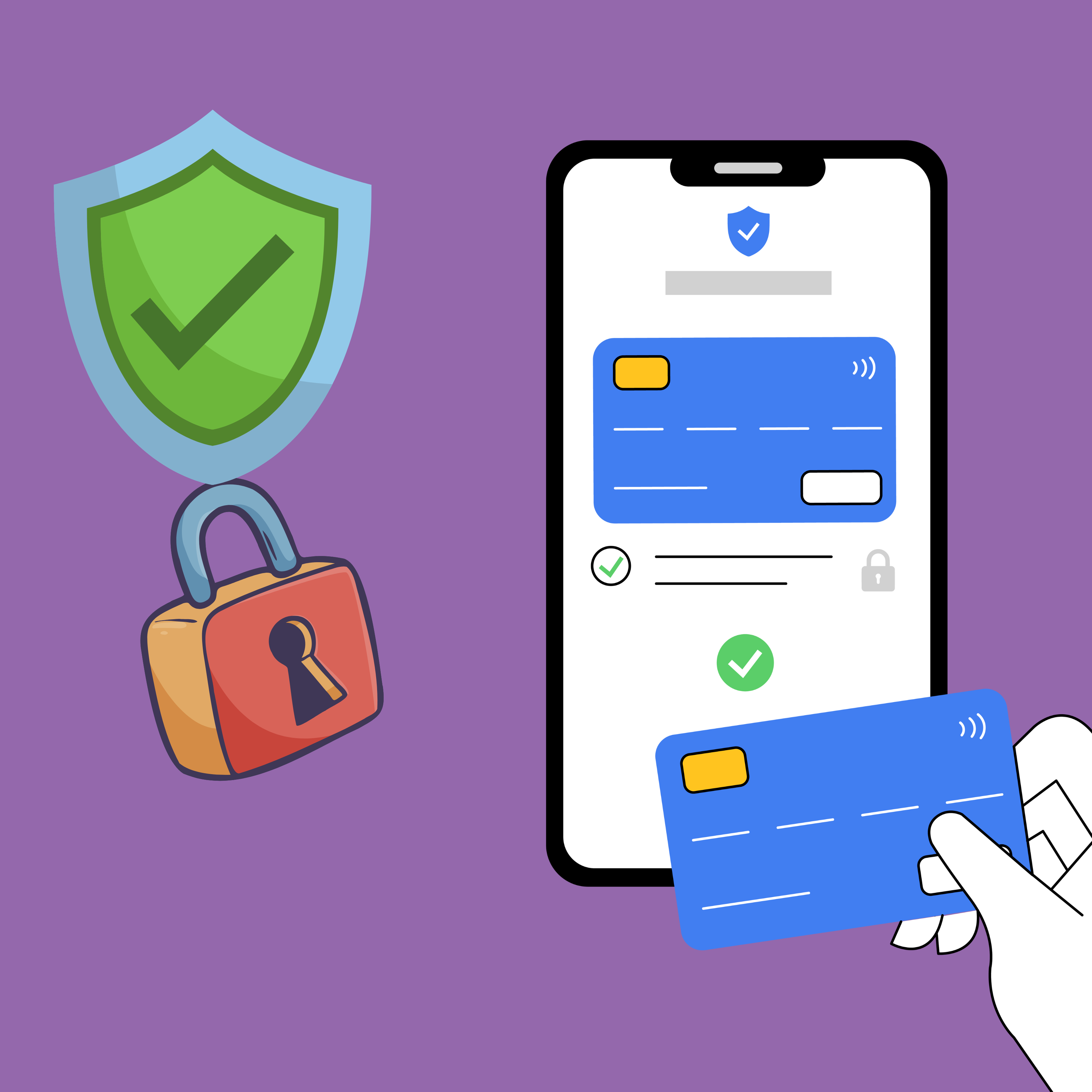Zelle is the fastest way to send money in the US. Since its launch in 2017, the service has grown rapidly, with over $800 billion transferred through Zelle and more than 120 million users as of 2024. Zelle is one of the most extensive P2P services in the country, rivaling major players like Venmo and Cash App.
What sets Zelle apart from other apps is that it’s built directly into the mobile and online apps of more than 1,700 banks and credit unions, including giants like:
- Bank of America
- Wells Fargo
- Chase
- Capital One
- US Bank
There is no need to download a separate app. Users simply log into their online bank and send money using Zelle. This makes the process fast, free, and as simple as possible.
However, this convenience also hides a vulnerability. The Federal Trade Commission (FTC) reported a 60% surge in P2P platform fraud over the past two years, with Zelle in the spotlight.
Typical schemes include:
- Fraudulent product sales (primarily through Craigslist and Facebook Marketplace).
- Phishing and fake email notifications.
- Social engineering in which an attacker impersonates a bank employee.
- Transfers to the wrong numbers by mistake.
Necessary to understand: It is important to note that Zelle does not currently offer a buyer protection feature, and most transfers are irreversible. While this can be a convenient option, it does carry a certain level of risk, especially if certain precautions are not taken.
How Zelle Works: Details That Are Important to Know
Zelle is an app that allows you to send money directly between bank accounts in the US using only the recipient’s cell phone number or email address. This data is not used to identify an individual but serves as pointers linked to a specific bank account through the Zelle platform.
How it works:
- You log into your banking app or online bank (e.g., Chase, Bank of America, Wells Fargo).
- Go to the “Send Money with Zelle” section.
- Enter the recipient’s name, phone number, or email.
- Specify the amount of the transfer.
- Confirm the transaction.
In most cases, the funds are successfully deposited into the recipient’s account within minutes, provided they have completed the Zelle registration process. If the recipient is not yet connected, they will receive an invitation to complete the registration. Once that is done, the money will be credited.
Commission:
Zelle is presented as a complimentary service: most banking institutions do not levy a fee for sending or receiving funds through Zelle. However, it is essential to note that certain banking institutions may restrict the number of free transfers or apply limits.
Advantages:
- No separate application is required – Zelle is built into your bank’s interface.
- Instant crediting of funds – no delays like ACH transfers or interbank payments.
- No need to know the recipient’s bank details – just a phone number or email.
But there are pitfalls, too:
False sense of security:
Given Zelle’s integration into trusted banking applications, users often assume it offers automatic protection against potential risks. This assertion is inaccurate: Zelle does not offer buyer protection or automatic refunds, unlike PayPal’s policies. If funds are transferred erroneously or become the target of fraudulent activity, the recovery of those funds is typically not feasible.
Lack of possibility to cancel the transfer:
Once the funds are dispatched, they are transferred directly to the recipient’s account. If an error is made in a registered user’s number or email address, it is not possible to halt the transaction.
No arbitration or dispute system:
In the event of a dispute between the parties, Zelle does not intervene or handle complaints, as it operates solely as a payment gateway and not as an intermediary.
Transfer limits:
Although Zelle does not set limits directly, limits are set by your bank. For example:
- Bank of America – up to $3,500 per day.
- Wells Fargo – up to $2,500 per day.
- Chase – up to $5,000 per day (for Private Clients).
Principal Risks of Using Zelle
1. Fraud without right of return
If you send money to a fraudster, it’s almost impossible to get it back. Zelle does not offer “buyer protection” like PayPal or credit cards.
2. Mistranslations
It is challenging to recover money sent to the wrong recipient, especially if the recipient is uncooperative.
Attackers create fake email notifications and websites or pose as bank employees. Their goal is to trick you out of your data or convince you to make a transfer.
4. Fraud in online shopping
Zelle is not designed for shopping. However, it is often used on platforms like Facebook Marketplace or Craigslist, where fraudulent schemes happen.
Tips for Safe Usage of Zelle
- Only send money to people you know: Do not use Zelle for transactions with strangers.
- Always check the recipient’s name: Make sure the phone number or email belongs to the right person.
- Do not share confirmation codes or logins: Bank employees never ask you for such data.
- Monitor your account activity: Activate push notifications from the bank.
- Use reliable internet connections: Avoid public Wi-Fi when transferring or use a VPN for protection.
Why It Is Important to Use a VPN When Working With Zelle and Other Banking Services
While Zelle is generally secure, it is crucial to note that your internet connection could serve as a point of vulnerability. This is particularly relevant when using public Wi-Fi in cafes, hotels, and airports. In such networks, hackers can intercept data through so-called man-in-the-middle attacks.
Using a VPN helps to:
- Encrypt all Internet traffic – even if the network is unprotected.
- Hide your real location and IP address.
- Protect against phishing attacks and fake websites.
Conclusion: Is Zelle Worth Trusting?
Zelle is safe when used correctly. It is reliable if you transfer money to friends and family. However, when used with strangers, the risk of fraud is extremely high.
To give yourself maximum protection:
- Maintain digital hygiene.
- Use VPNs like Planet VPN, especially on public networks.
- Be attentive to the details of each transaction.
Zelle is a tool. And how secure it is depends on how you use it.


